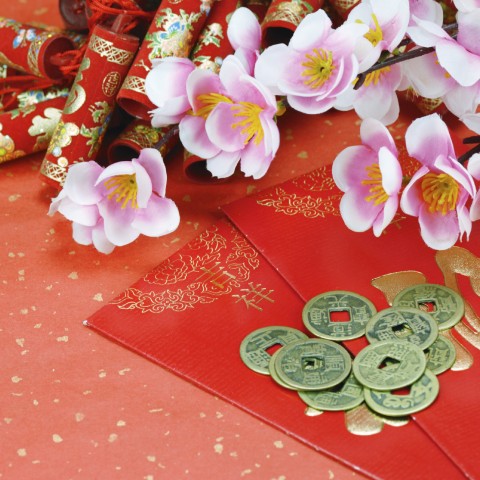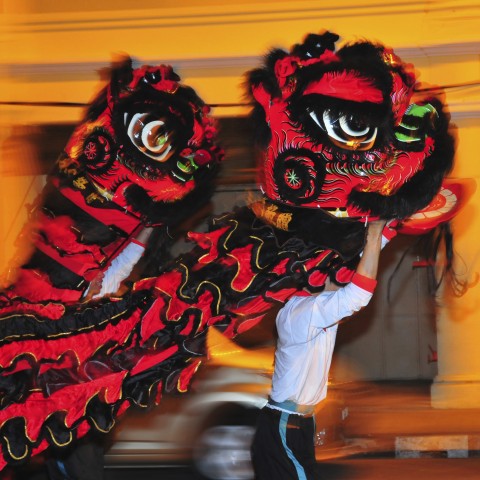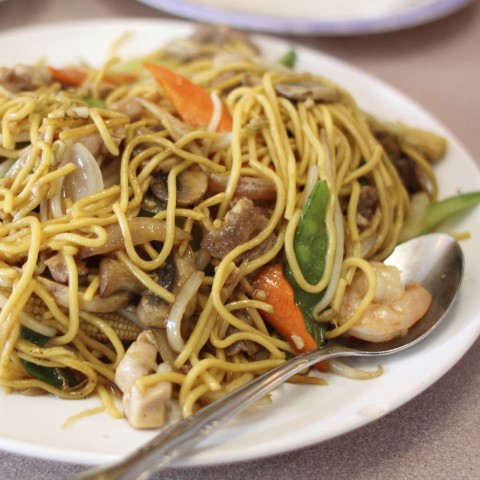Considering the history between China and the Philippines, it should come as no surprise that the popular Chinese New Year holiday would find a place among the Filipinos. The Filipino Chinese New Year traditions reflect traditional Chinese culture with a modern Filipino flare.
In this article, you’ll learn all about the Philippines during Chinese New Year, the most popular Chinese New Year foods, and some of the history involved in the integration of this holiday into Filipino culture.
At FilipinoPod101.com, it’s our aim to make every aspect of your language-learning journey both fun and informative, starting with this article! Ready to delve into this fascinating holiday? Let’s get started.

1. What is the Chinese New Year?
Because of the large number of Chinese people living in the country, the Chinese New Year was declared an official holiday in 2011. Looking back at history, the Filipinos had been trading with the Chinese even before the arrival of the Spanish.
The Spanish placed the Chinese in an area in Manila called Binondo. Commerce is very lively in Binondo, where Chinese and Chinese-Filipinos own a lot of businesses. It’s also the center of festivities during the Chinese New Year, and the oldest Chinatown in the world, established in 1594. Binondo means binondoc or binundok, translating to “mountainous” in English, referring to the hilly area of Binondo.
The Philippines’ Lunar New Year celebration is led by the Chinese and Filipino-Chinese living in the country. It’s celebrated because of the unique festivities, food, and beliefs that accompany this tradition. In the Filipino language, the Chinese New Year could be called a katangi-tanging selebrasyon, or “one-of-a-kind celebration!”
2. Chinese New Year Dates
The Chinese New Year follows the lunar calendar, meaning that its date on the Gregorian calendar varies from year to year. For your convenience, here’s a list of this holiday’s date for the next ten years.
- 2020: January 25
- 2021: February 12
- 2022: February 1
- 2023: January 22
- 2024: February 10
- 2025: January 29
- 2026: February 17
- 2027: February 6
- 2028: January 26
- 2029: February 13
3. Lunar New Year Celebrations in the Philippines
In the Philippines, Chinese New Year traditions always include lots of good food, and even people who don’t celebrate the holiday look forward to the dishes they can expect during the festivities. The most popular of these Filipino Chinese New Year foods is the “Chinese New Year’s cake,” made of glutinous rice, called the tikoy in Filipino. A variety of types and flavors that suit both Filipino and Chinese tastes have become popular, including pandan and ube (purple yam). The tikoy symbolizes how family members stay bonded together. Because the tikoy is sticky, it’s said that having this every Chinese New Year will make a family’s bonds “stickier.”
Red is considered the luckiest color, and a lot of people wear red on this day. Older people give money-filled “red envelopes,” called ang pao, to children.
Each year, the Chinese and Chinese-Filipinos take part in or watch the dragon dance, lion dance, and paputok, or “fireworks.” It’s said that the lion and dragon dances will bring good luck to one’s business or family. People also believe that a longer dragon will bring more good luck.
4. Common New Year Greetings
There are two main holiday greetings that Pinoys say to each other on the Chinese New Year. Do you know what they are?
The first and most common is the Cantonese greeting Kung Hei Fat Choi, meaning “Happy New Year.” The second is Kiong Hee Huat Tsai, which means “Congratulations” and “Be prosperous.”
5. Must-Know Vocabulary
Ready to review some of the vocabulary words we covered in this article? Here are the essential vocabulary words you should know for the Chinese New Year in the Philippines!
- Hopia — “Bakpia“
- Siomai — “Shumai“
- Kung Hei Fat Choi — “Happy New Year”
- Lumpia — “Lumpia”
- Paputok — “Firework”
- Dragon dance — “Dragon dance”
- Ang pao — “Red envelope”
- Pancit — “Pancit”
- Tikoy — “Chinese New Year’s cake”
- Lunar New Year — “Lunar New Year”
To hear each of these vocabulary words pronounced, and to read them alongside relevant images, be sure to check out our Filipino Lunar New Year vocabulary list!
Final Thoughts
We hope you enjoyed learning about the Filipino Lunar New Year with us! How do you celebrate the new year in your country? Let us know in the comments!
If you’re interested in learning even more about Filipino culture and the language, you may find the following pages useful:
- Top 5 Things You Need to Know About Filipino Society
- The Bonifacio Day Anniversary in the Philippines
- Tourist Attractions in the Philippines
- What’s Your Favorite Filipino Food?
- Essential Idioms that Will Make You Sound Like a Native Speaker
Learning Filipino doesn’t need to be boring or overwhelming—with FilipinoPod101.com, it can even be fun! With countless lessons for beginners, intermediate learners, and advanced students, there’s something for everyone.
If you’re serious about mastering the language, create your free lifetime account today.
Happy Filipino learning! 🙂
















